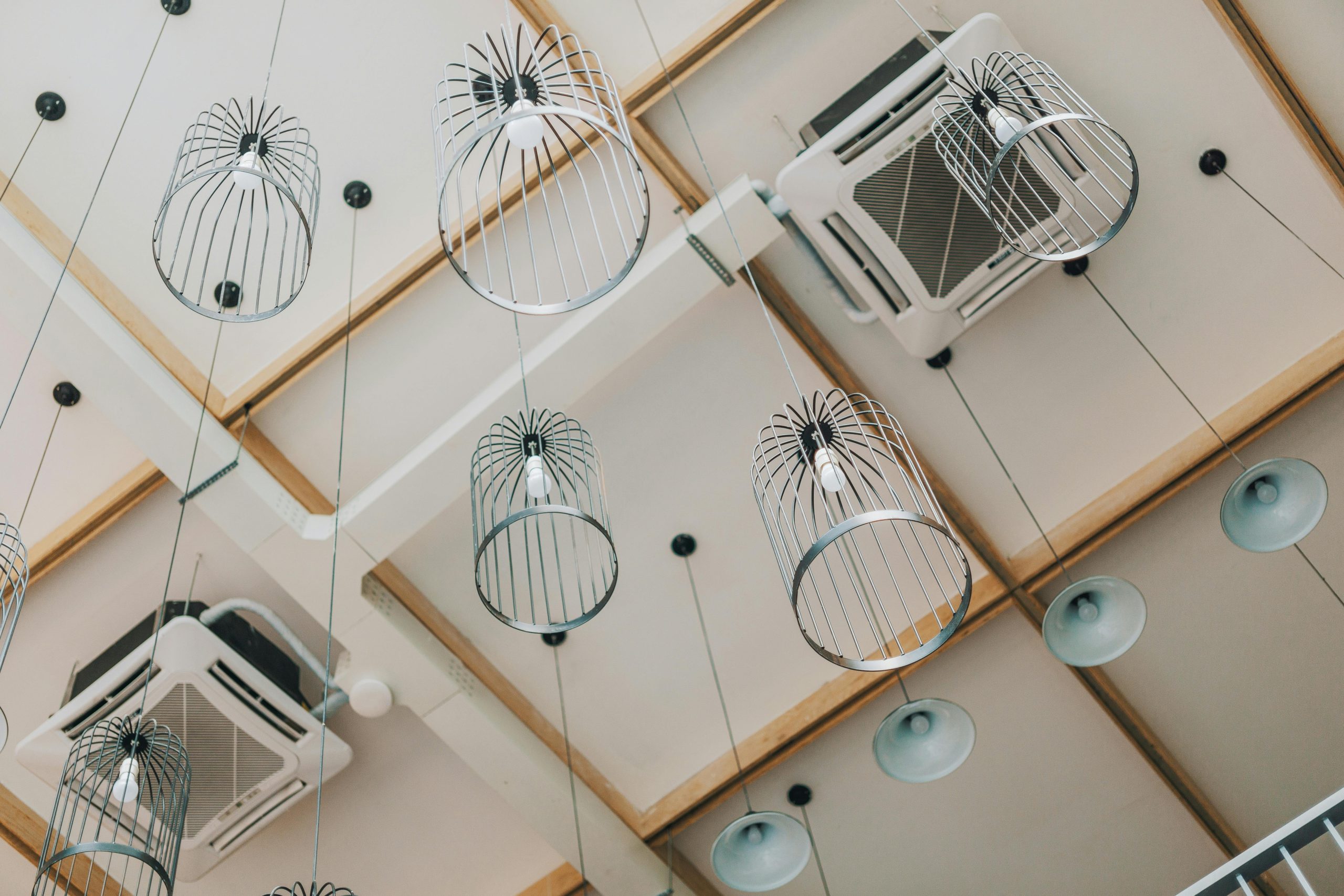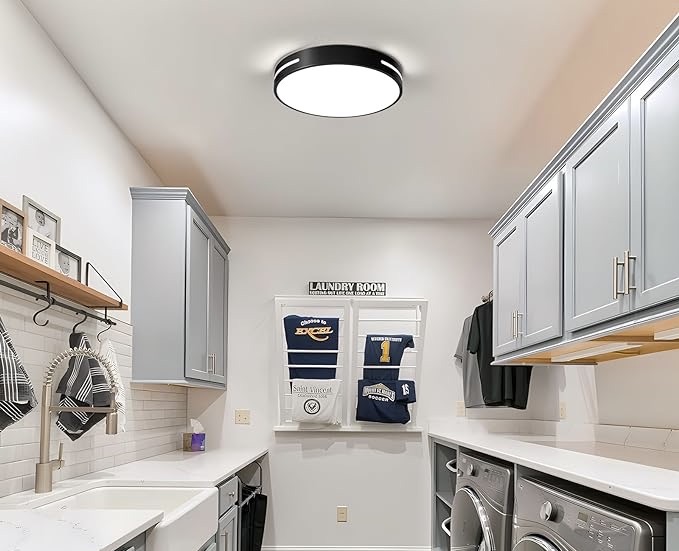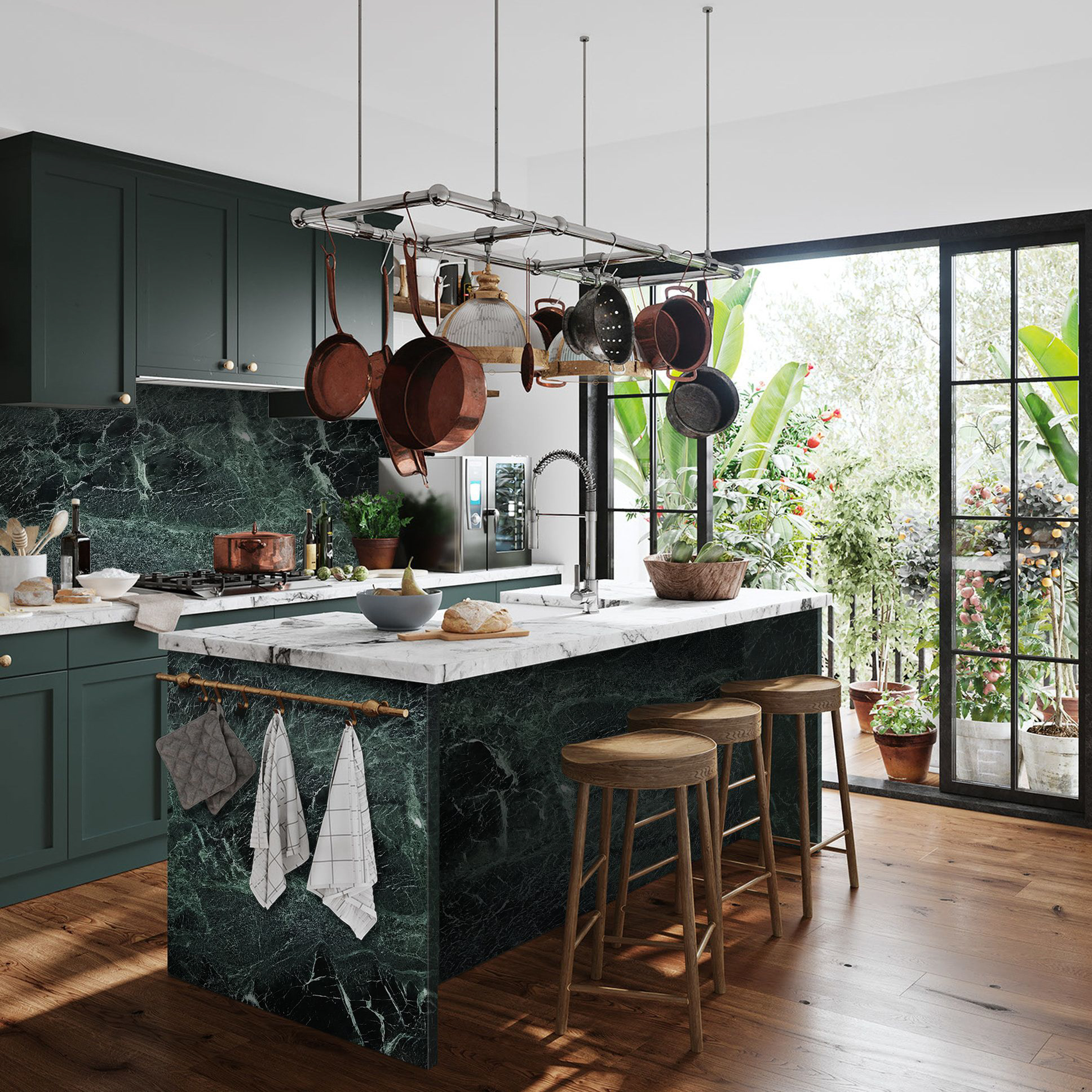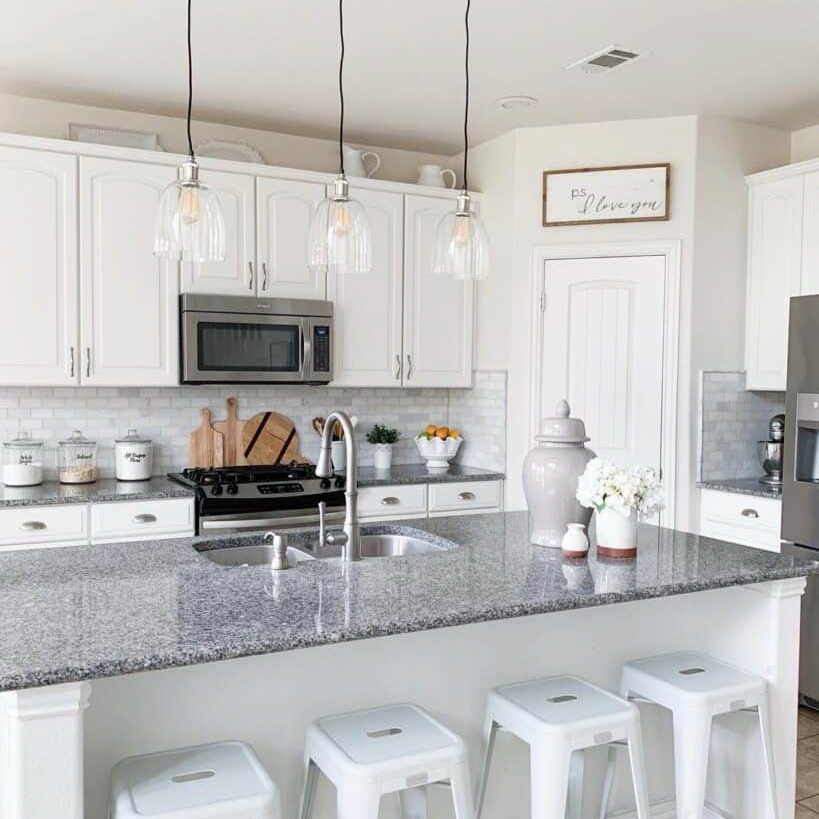Introduction
A ceiling is an important part of any interior design. It not only covers the upper part of the room but also affects the overall aesthetics of the space. Ceiling decoration has been a part of architecture for centuries, and designers now have a host of materials that can be used to create different and unique ceiling designs. Fibre ceiling design is one of the latest and trendiest options available in the market. In this article, we will discuss the sustainable and stylish features of fibre ceiling design.
What is Fibre Ceiling Design?
Fibre ceiling design is a decorative treatment applied to the ceiling of a room using fibre boards or tiles. These boards and tiles are made from plant fibres such as sugarcane bagasse, coconut coir, or bamboo. The fibres are blended together with a strong resin and compressed under high pressure to form a solid board. Fibre ceiling design offers numerous benefits over other ceiling materials, including sustainability, easy installation, acoustic properties, and flexibility.
Sustainability
One of the main advantages of fibre ceiling design is that it is environmentally friendly. The materials used in manufacturing fibre boards and tiles are natural, renewable, and biodegradable. The use of plant fibres also helps to reduce the carbon footprint of the building industry. Furthermore, the production process of these materials requires less water and energy than those used in traditional ceiling designs. As a result, fibre ceiling design is a sustainable and eco-friendly option for those who want to reduce their environmental impact.
Easy Installation
Fibre ceiling installation is relatively easy and straightforward. The boards and tiles are lightweight, making them easy to handle and transport. In addition, they can be cut to fit any ceiling shape or size, which makes installation much easier. Unlike other ceiling materials, fibre boards and tiles do not require any special tools or equipment for installation. They can be installed using regular carpentry tools and adhesive.
Acoustic Properties
Fibre ceiling design offers excellent acoustic properties. The materials used in their manufacture help to absorb sound, reducing the level of echo in a room. This makes fibre ceiling design an ideal choice for spaces such as auditoriums, conference rooms, and classrooms. Fibre boards and tiles can also be treated with a special coating to improve their fire resistance.
Flexibility
Fibre ceiling design offers flexibility in terms of design and style. They can be produced in a variety of shapes, colours, and textures, giving designers numerous options to create unique and eye-catching ceilings. Furthermore, they can be painted, printed or finished with a range of surface coatings, giving designers even greater flexibility.
Conclusion
In conclusion, fibre ceiling design is a sustainable and stylish option for those who want to create ceilings that are both beautiful and eco-friendly. Its benefits over other ceiling materials include being easy to install, having excellent acoustic properties, and offering flexibility in design and style. So, if you’re looking to elevate your interior design while also keeping a keen eye on environmental impact, fibre ceiling design may be the perfect choice for you.








